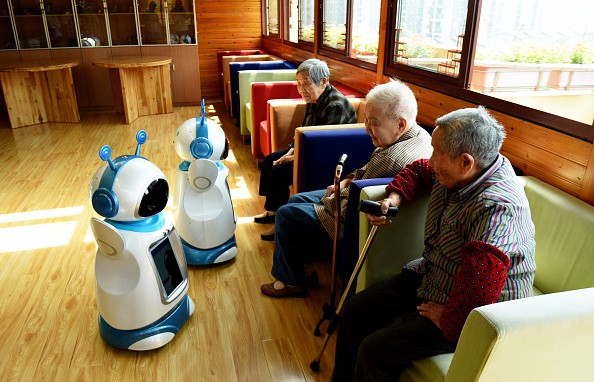As more and more Chinese get busier by the day to meet labor and population demands, companion robots play a larger role in the lives of the nation's young and elderly.
It's an easy solution for working people who need help in looking after their younger or elder family members, according to an article by China Daily.
In addition, companion robots help solve another problem in China--the nation's aging population. In 2015, the country's elderly accounted for 16 percent of China's total population. Experts predict numbers will increase to 243 million by 2020, based on data from the National Bureau of Statistics.
One of the companion robots in China today is Xiaoyuzaijia, an artificially intelligent robot made by Beijing-based startup Zaijia. The company, which specializes in human-computer emotional communication, entertainment functions, and security monitoring produced Xiaoyuzaijia to fulfill the role of a friendly companion.
Xiaoyuzaijia is designed to fulfill basic functions such as opening the door in case a guest drops by, and taking care of ill people by bringing water and medicine. Bored? Xiaoyuzaijia can sing a song, tell a story, or even play chess with its human companion.
"The robot is equipped with a monitoring camera and other hardware for facial and voice recognition," said Song Chenfeng, Zaijia's CEO, in an interview with China Daily.
"Family members could also connect their smartphones with the robot. When the elderly fall or the children cry at home, the robot will send messages to inform other family members."
Another Chinese tech company, Nanjing Avatarmind Robot Technology Co., created a companion robot specifically designed for children aged three to eight years old.
Wang Xiangyi, vice president of Turing Robot, believes that China holds tremendous market potential for companion robots despite the local tech industry lagging behind its European and American counterparts.
In three years, the demand for companion robots is expected to increase, with the market scale potentially reaching $46 billion, according to the International Federation of Robotics.



























